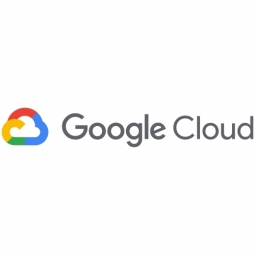ARD: Transforming Public Broadcasting with Google Cloud
- Platform as a Service (PaaS) - Application Development Platforms
- Sensors - Camera / Video Systems
- Cement
- Construction & Infrastructure
- Logistics & Transportation
- Product Research & Development
- Construction Management
- Infrastructure Inspection
- Cloud Planning, Design & Implementation Services
- System Integration
ARD, the world’s largest public-service broadcaster network, was facing challenges in keeping up with changes in how users consume content. The organization's previous hosted data center infrastructure was 10 years old and had a monolithic architecture, which resulted in a development turnaround cycle of three months. Video content was distributed without being tailored to particular devices. In 2018, ARD decided to change the monolithic infrastructure for its video delivery platform to improve the user experience, regardless of how users were watching or listening. The challenge was to build a new platform that could cover all touchpoints, support a truly digital-first strategy, and improve the user experience on a global scale.
ARD (Association of Public Broadcasting Corporations in the Federal Republic of Germany) is a public service broadcast organization founded in 1950. Its mission is to inform, educate, advise, and entertain. With a budget of €6.9 billion and more than 22,000 employees, the ARD network consists of nine regional broadcasters and the international state-funded broadcaster Deutsche Welle. ARD is responsible for approximately 250 hours of television and 1,500 hours of radio programming daily. The organization represents nine self-governing regional broadcasters across 16 federal states in Germany.
ARD chose to build its new platform on Google Cloud, due to its range of tools and services. The organization adopted a cloud-native approach, building a new infrastructure for its media platform, Mediathek, using Google Kubernetes Engine (GKE). ARD also took an API-first approach and developed an event-driven architecture that offers better data integration. The organization used Google Cloud managed services, running managed MongoDB clusters and using Memorystore for managed Redis. For content delivery, Apigee provided API management, enabling easy distribution across its network, while Firebase offered user management functionality. This new infrastructure allowed ARD to easily scale its services up and down according to demand, enabling the organization to focus on more value-driven development.
Related Case Studies.











